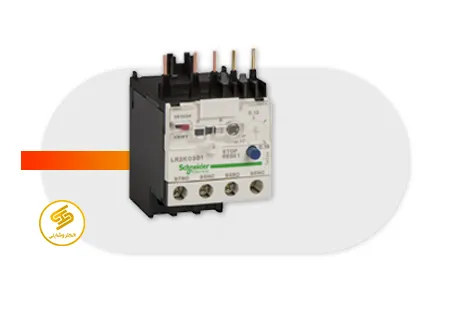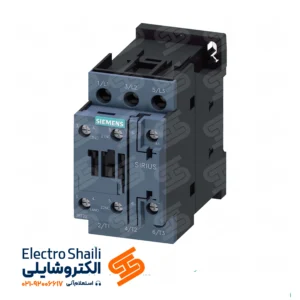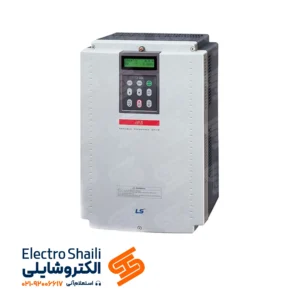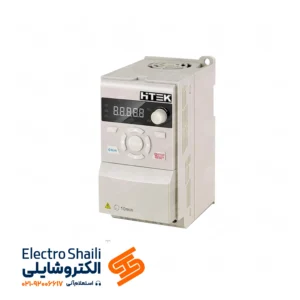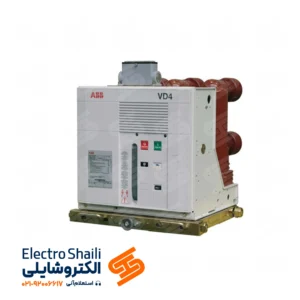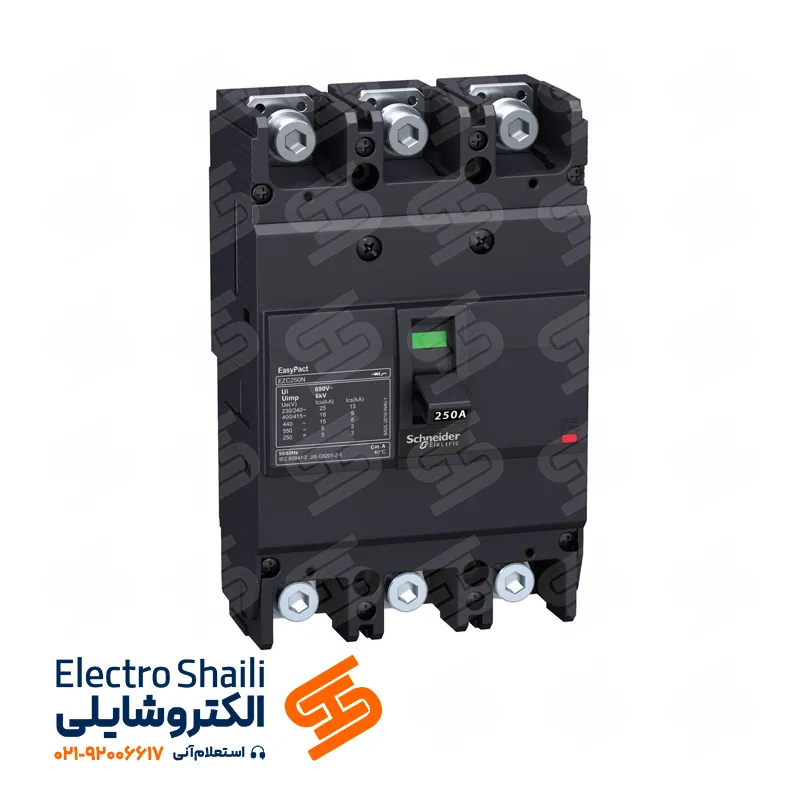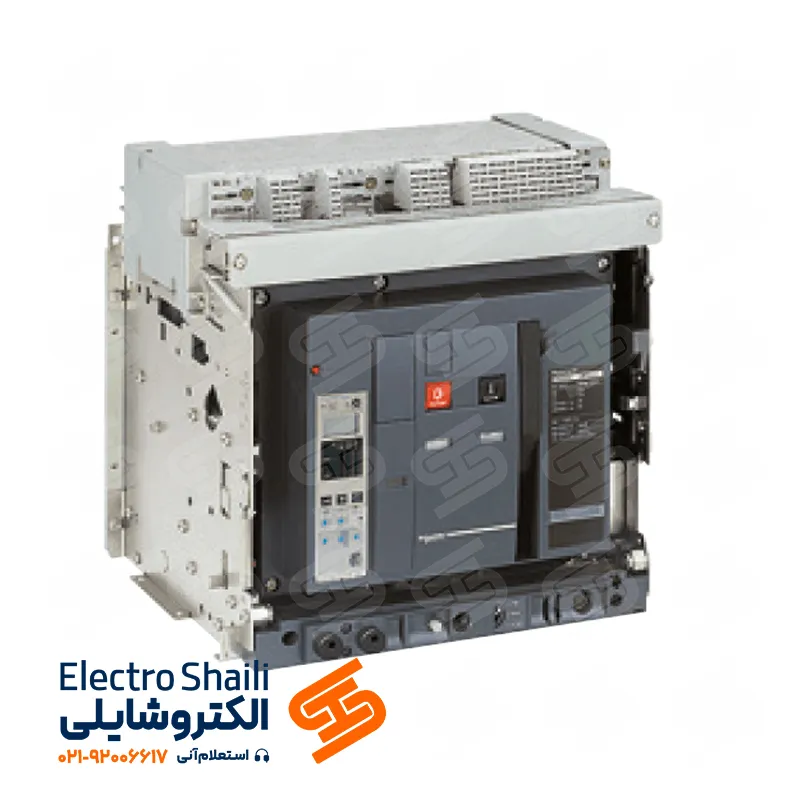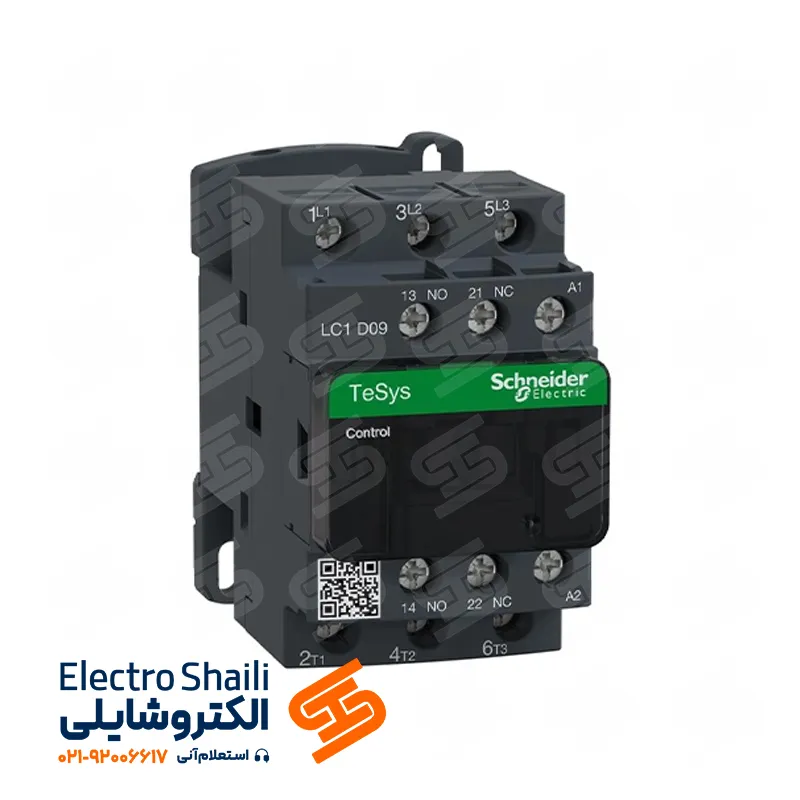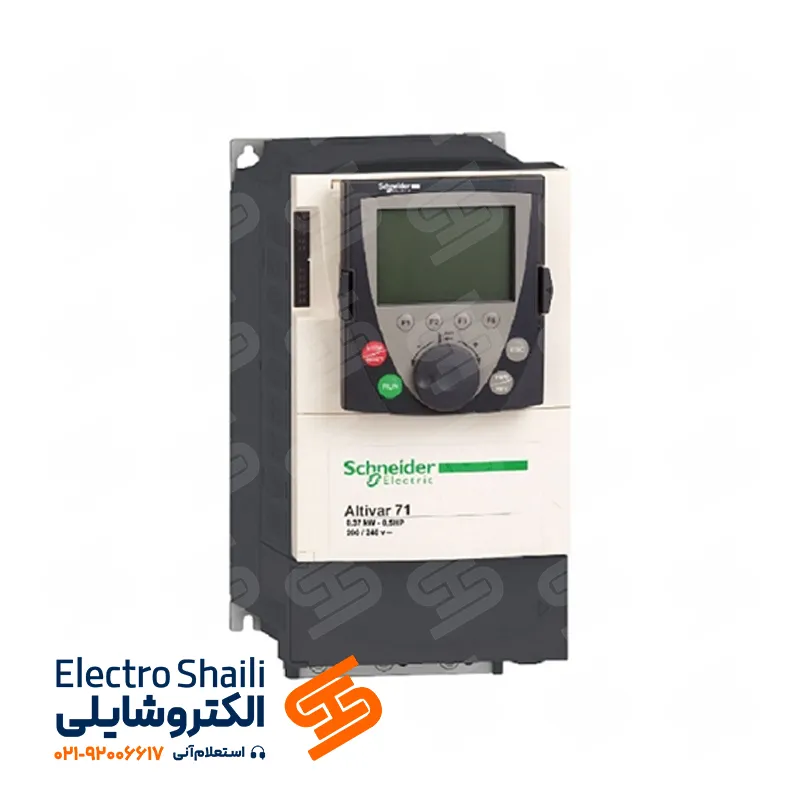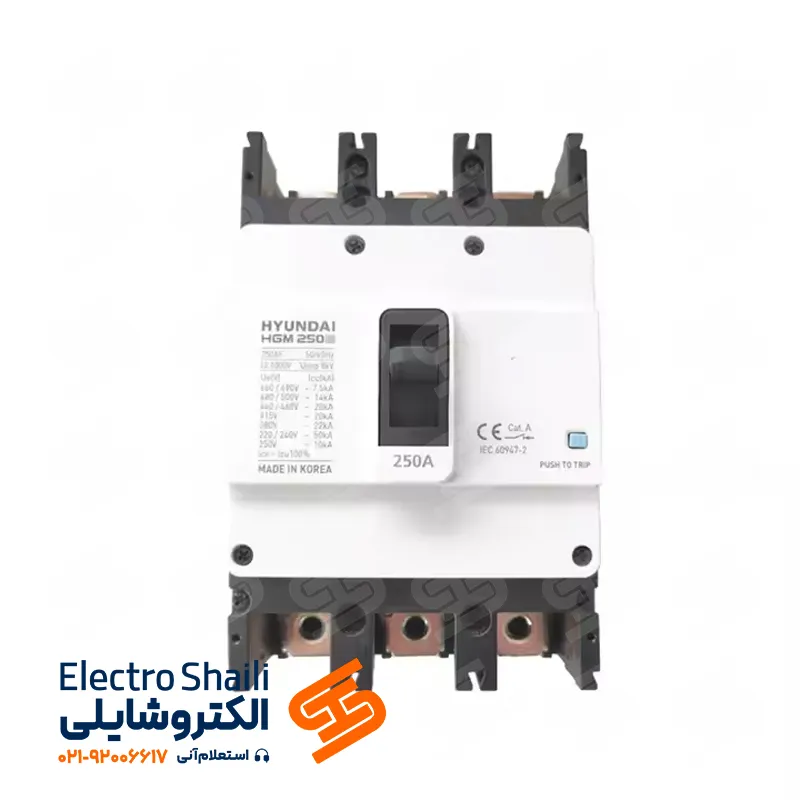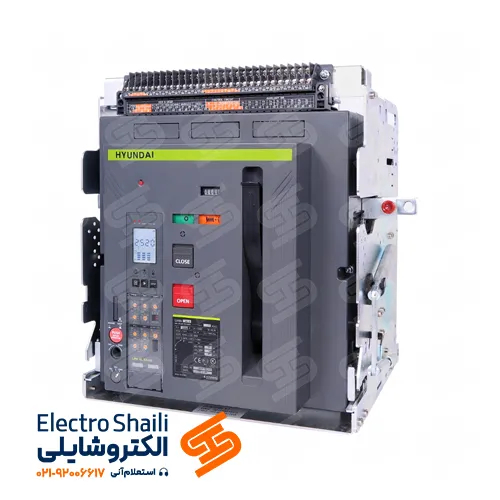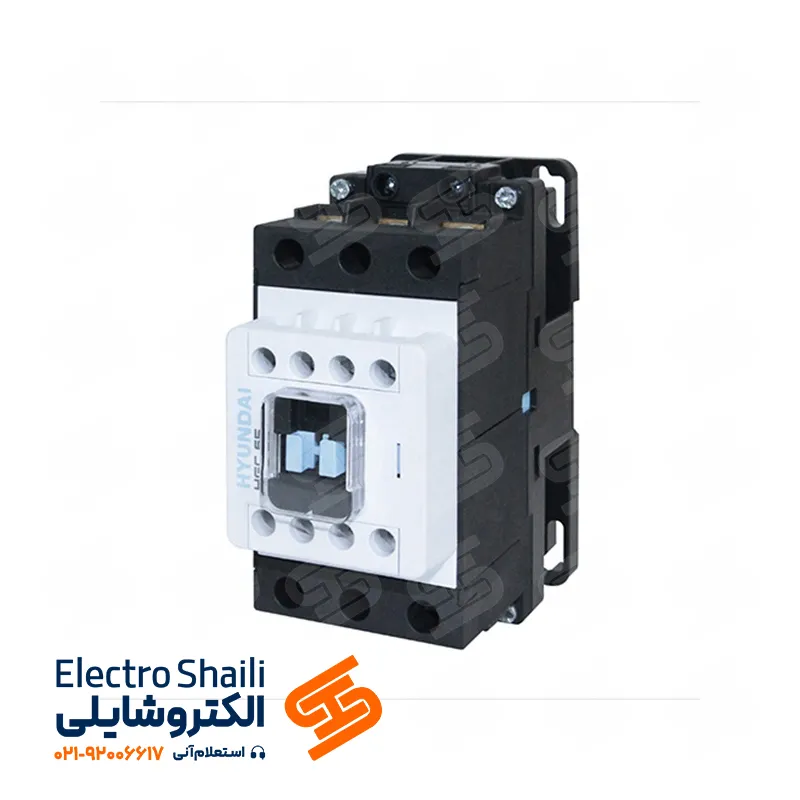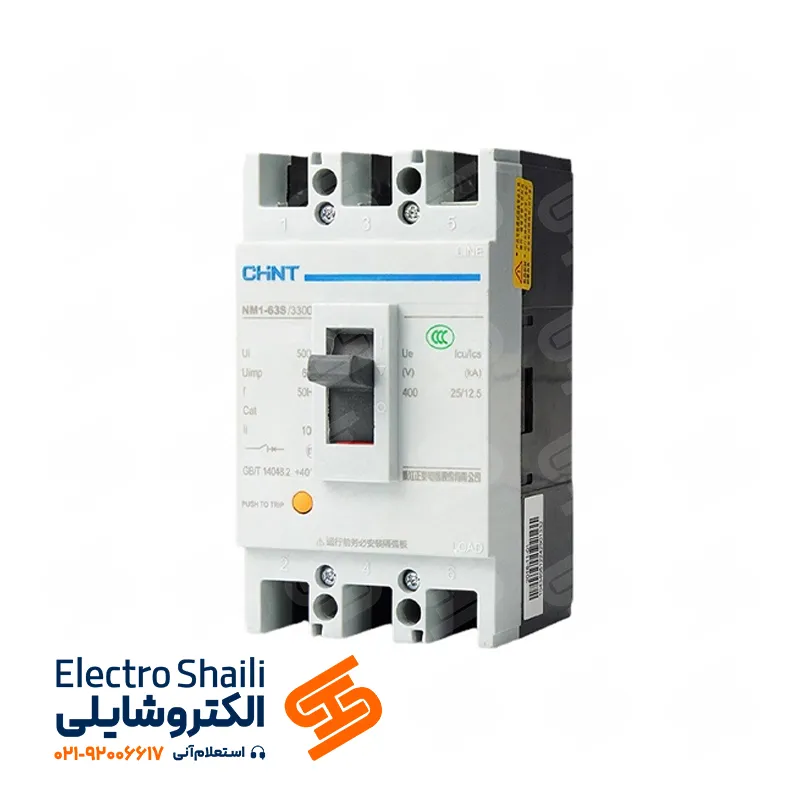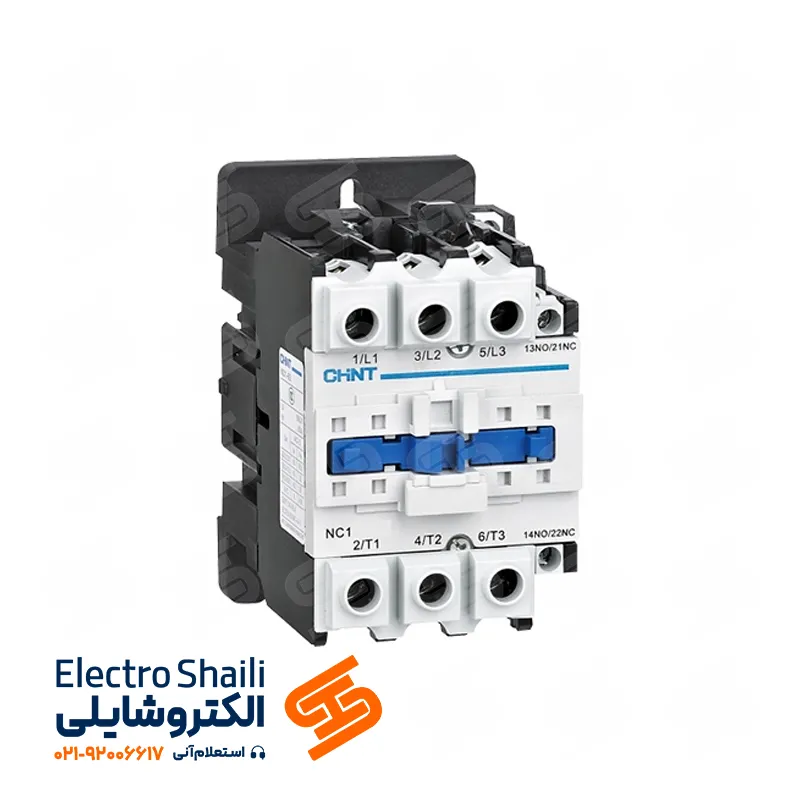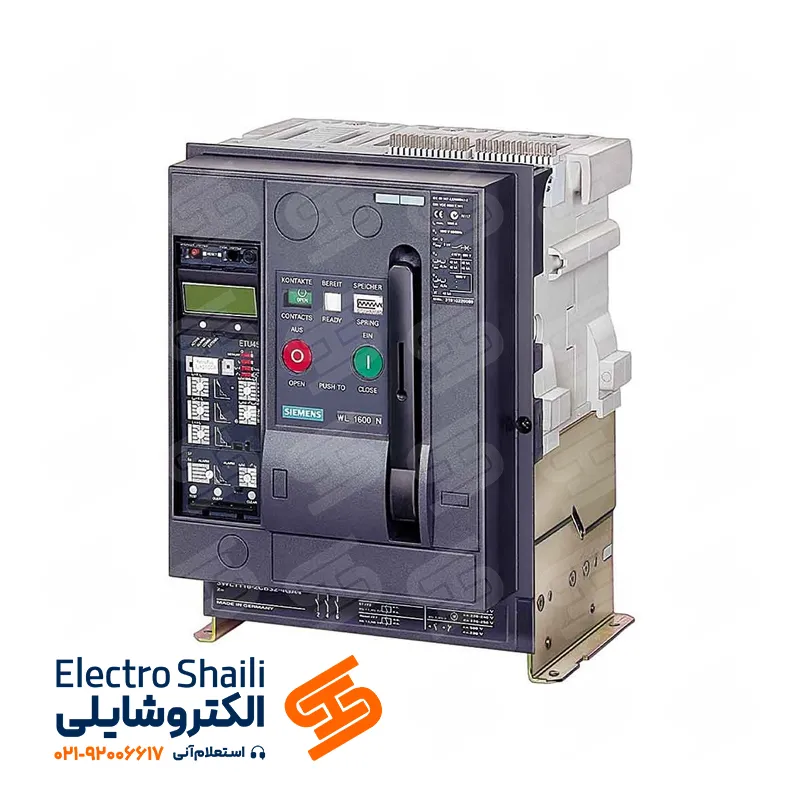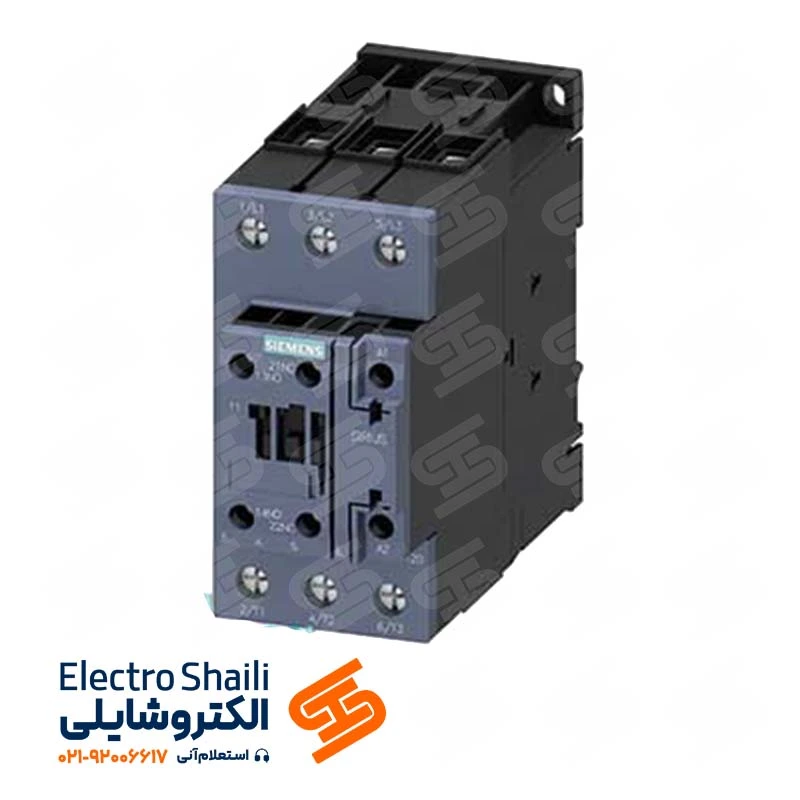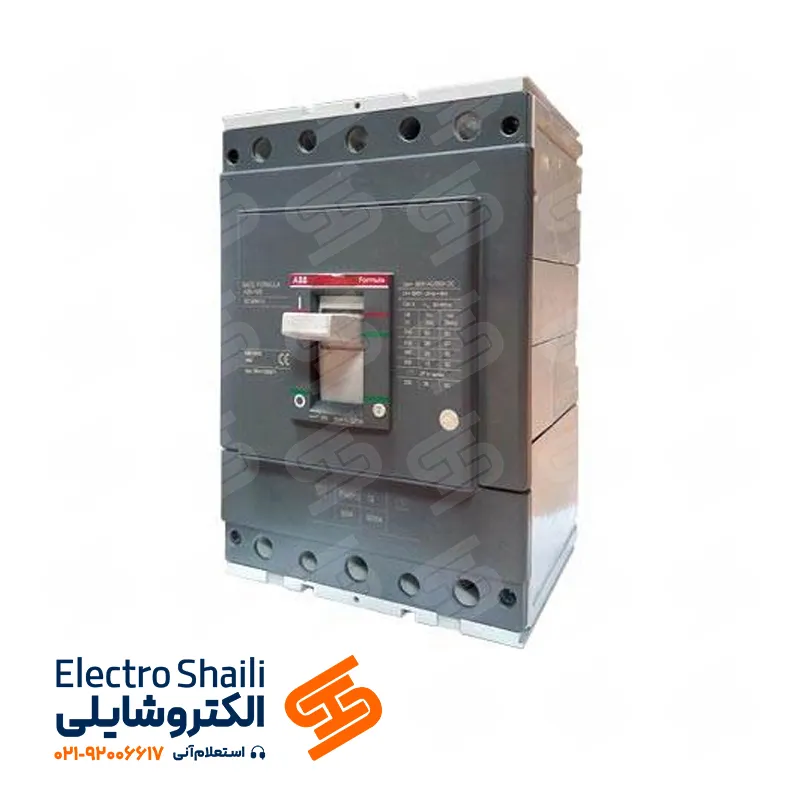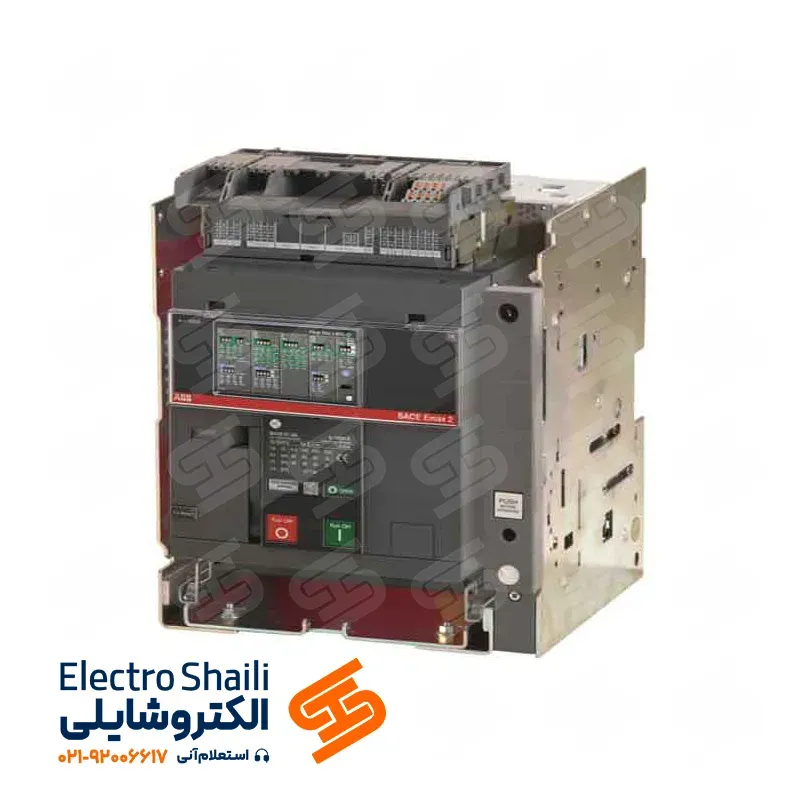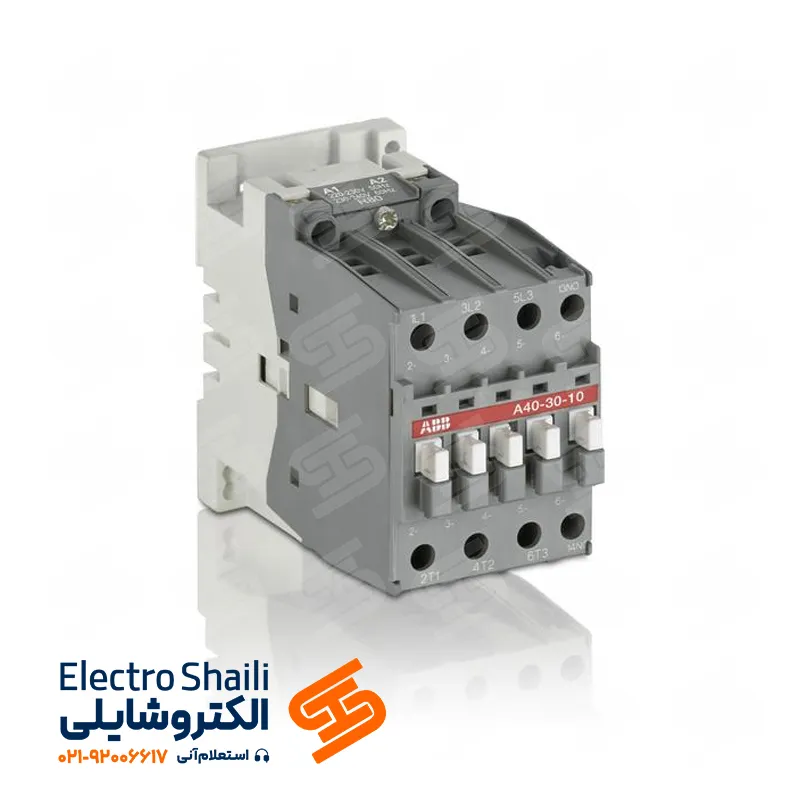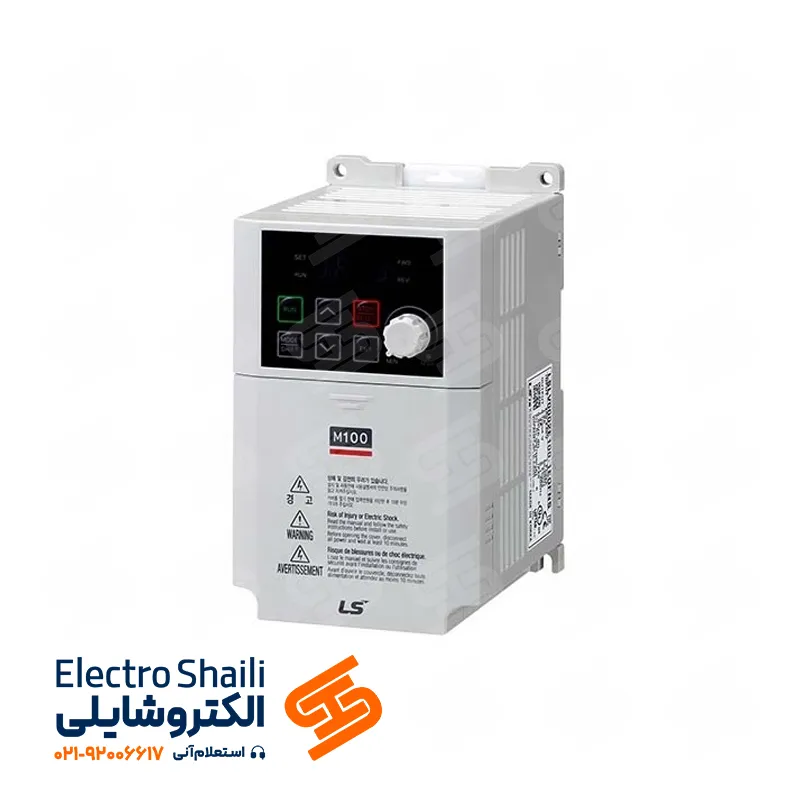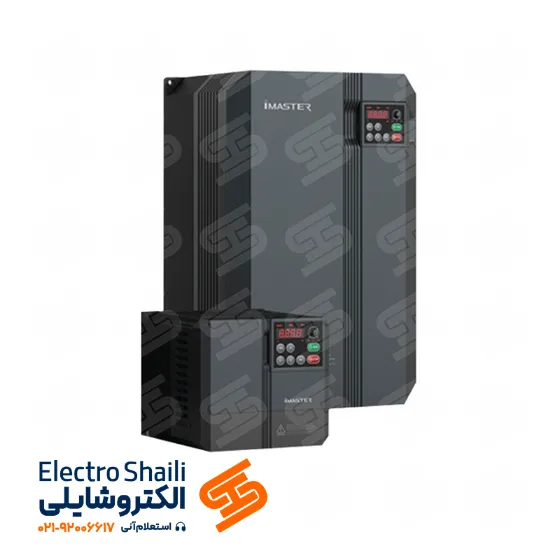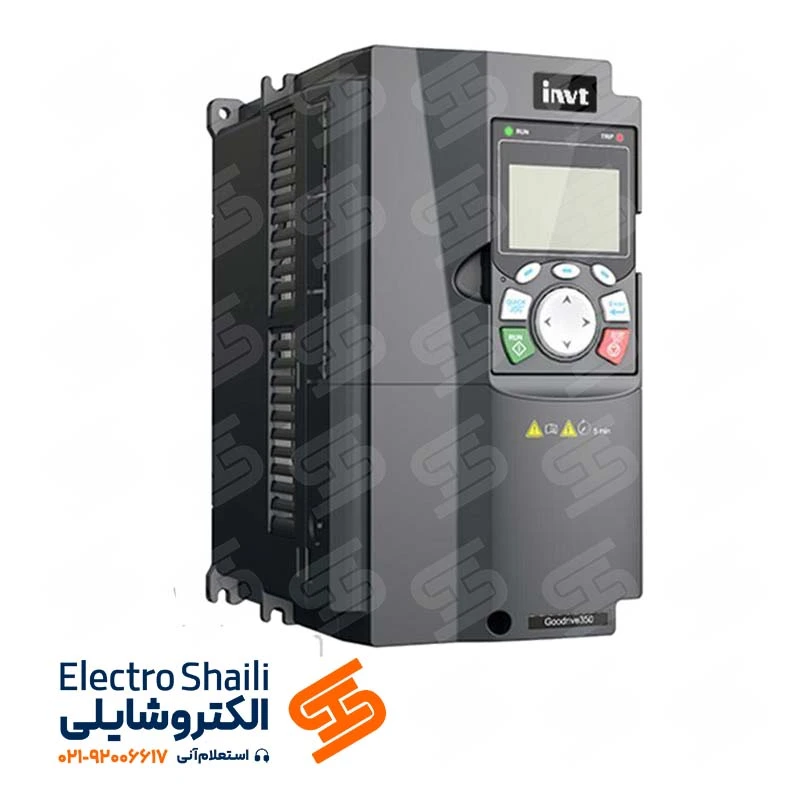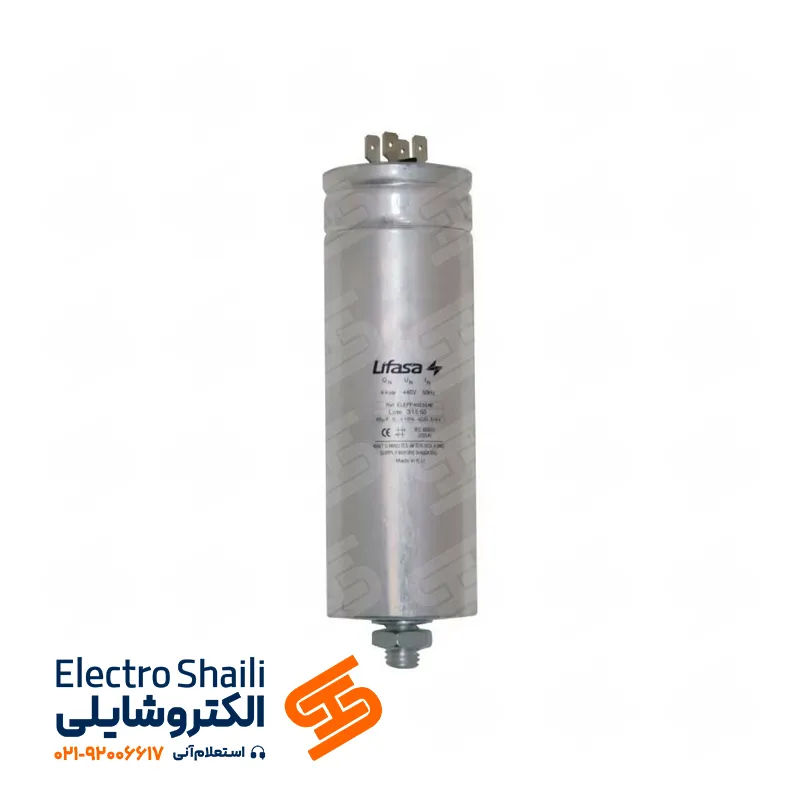buy schneider bimetal from iran
The Schneider Electric bimetal relay is an electronic component used in electrical systems. This relay has two bimetal layers that change shape with heat and contraction. The deformation of the bimetal layers causes electrical circuits in the system to close or open. The use of bimetal relays is crucial for controlling and managing electrical currents and protecting equipment.
With the advancement of technology and the widespread use of electrical systems in various industries, the need to protect these systems against various hazards has increased. The Schneider Electric bimetal relay is one of the advanced technologies used to protect electrical systems. In this article, we will examine the operation and applications of the Schneider Electric bimetal relay.
Types of Schneider Electric Bimetal Relays
Schneider Electric is one of the largest manufacturers of electrical equipment in the world, producing various types of bimetal relays. Here, we introduce and discuss some of the common models of these relays:
1. LR2 Series Bimetal Relay:
– This series of bimetal relays are used to protect electric motors from overload and excessive heating.
– LR2 series bimetal relays are produced in various sizes and current ranges.
– Features of this series include precise current adjustment, fast operation, and long life.
2. LRD Series Bimetal Relay:
– This series of bimetal relays are used to protect single-phase and three-phase electric motors from overload and excessive heating.
– LRD series bimetal relays feature manual and automatic current adjustment.
– Features of this series include affordability, easy installation, and model diversity.
3. LT Series Bimetal Relay:
– This series of bimetal relays are used to protect high-power electric motors from overload and excessive heating.
– LT series bimetal relays feature high current ranges and precise current adjustment.
– Features of this series include adjustable protective class, reliable operation, and long life.
4. GV2 Series Bimetal Relay:
– This series of bimetal relays are used to protect electric motors from overload, excessive heating, and phase failure.
– GV2 series bimetal relays feature high current ranges and precise current adjustment.
– Features of this series include adjustable protective class, reliable operation, and long life.
5. TeSys D Series Bimetal Relay:
– This series of bimetal relays are used to protect electric motors from overload, excessive heating, voltage fluctuations, and phase failure.
– TeSys D series bimetal relays feature high current ranges and precise current adjustment.
– Features of this series include adjustable protective class, reliable operation, and long life.
Considerations for Selecting Schneider Electric Bimetal Relays
When selecting Schneider Electric bimetal relays, the following points should be considered:
– Motor rated current
– Required protective class
– Type of motor (single-phase or three-phase)
– Supply voltage
– Relay current range
– Additional features such as automatic current adjustment, protection against phase failure, and voltage fluctuations.
Principles of Operation of Schneider Electric Bimetal Relays
The Schneider Electric bimetal relay operates based on advanced physical principles. When an electric current passes through a wire and the current suddenly increases, the bimetal is heated and bent towards another layer of bimetal. This movement either connects or disconnects electrical circuits connected to the relay. Thus, the Schneider Electric bimetal relay automatically protects electrical systems in a short time.
Applications and Benefits of Schneider Electric Bimetal Relays
The Schneider Electric bimetal relay is used in various industries. Some common applications include:
1. Protection against short circuits
2. Protection against current overload
3. Protection against excessive loads
4. Protection against improper voltage
The structure of Schneider Electric Bimetal Relay
The Schneider Electric bimetal relay is produced as strips with a specific thickness. These strips are placed along the electrical panel and connected to the panel by screws and nuts. The structure of the Schneider Electric bimetal relay consists of two metal layers welded together. The aluminum layer is stacked, and the copper layer is in the form of a line on it.
Advantages and Disadvantages of Schneider Electric Bimetal Relays in Industrial Electrical Panels
Advantages:
- Temperature Resistance: Schneider Electric bimetal relays have good resistance to temperature changes due to their thermal deformation properties, preventing excessive shape changes.
- Mechanical Resistance: Schneider Electric bimetal relays also have high resistance to mechanical stresses, preventing undesirable deformation in electrical panels.
- Cost and Weight Reduction: Using Schneider Electric bimetal relays in industrial electrical panels leads to cost and weight reduction.
Disadvantages:
- Production Cost: Compared to other materials used in industrial electrical panels, Schneider Electric bimetal relays have higher production costs.
- Length Limitations: The length of Schneider Electric bimetal relays is usually limited, and if the length of the electrical panel exceeds a certain limit, additional connections are required.
Selection Criteria for Schneider Electric Bimetal Relays
Several factors should be considered when selecting Schneider Electric bimetal relays. It is advisable to consider the following values:
- Rated Current: The first factor to consider when selecting Schneider Electric bimetal relays is the rated current. Determine the rated current based on the requirements of your electrical system.
- Output Type: Consider whether you need a NO (normally open) or NC (normally closed) output. Each of these outputs may be used depending on the requirements of the system.
- Operating Voltage: Determine the operating voltage status. Check if the Schneider Electric bimetal relay operates at the required voltage of your system and provides adequate performance.
- Current Sensitivity: Consider current sensitivity. Depending on the system’s needs and the required current volume, determine the current sensitivity.
Importance of Bimetal Relays in Electrical Systems
Schneider Electric bimetal relays play a very important role in electrical systems. The importance of these relays is notable in the following cases:
- Equipment Protection: One of the main uses of bimetal relays is to protect electrical equipment against improper and excess currents. High currents and heat can damage equipment. Bimetal relays protect equipment by detecting improper currents and disconnecting related electrical circuits.
- Electrical Current Control: Bimetal relays can control electrical currents and regulate them by opening or closing related electrical circuits. This capability is very useful for applications such as managing electrical equipment in homes or industries.
- Protection Against Electrical Surges: Electrical surges can pose serious hazards to humans and electrical equipment. Schneider Electric bimetal relays can automatically react to electrical surges and thunderstorms by disconnecting electrical circuits. This feature of bimetal relays is very effective in protecting people and equipment.
Applications of Schneider Electric Bimetal Relays
Schneider Electric bimetal relays are used in many industries and various applications. Some of its main applications include:
- Homes and Buildings: In homes and buildings, bimetal relays are used to protect electrical equipment such as refrigerators, stoves, and televisions. In case of electrical faults and improper currents, bimetal relays disconnect electrical circuits and protect equipment from electrical hazards.
- Industry: In industries, bimetal relays are used as a protective component. Common applications include protection in industrial electrical circuits, temperature and current control in devices and machinery, and protection against increased electrical currents.
- Automobiles: In automobiles, bimetal relays are used to control electrical systems. Examples include controlling and regulating current in the vehicle’s lighting system or controlling voltage in the car’s audio system.
Alternative Technologies
While Schneider Electric bimetal relays are an advanced and effective technology, if alternative technologies are needed, you can consider electromagnetic relays or electronic relays. Each of these technologies has its own capabilities and features and can provide the most suitable option depending on the system’s needs.
Conclusion
Schneider Electric bimetal relay is one of the important technologies in the field of electrical system protection. With its simple and reliable operation, this relay can automatically protect electrical systems in a short time. Considering its applications and benefits, Schneider Electric bimetal relay has become a fundamental tool in various industries.
Frequently Asked Questions
1. How does a bimetal relay work?
A bimetal relay opens or closes electrical circuits by deforming bimetal layers due to heat and contraction. This deformation controls the electrical current and protects equipment.
2. Is Schneider Electric bimetal relay usable in all electrical systems?
Yes, Schneider Electric bimetal relay can be used in various electrical systems, including industries, buildings, and homes.
3. Does Schneider Electric bimetal relay operate automatically?
Yes, Schneider Electric bimetal relay operates automatically by detecting improper currents and disconnecting or connecting the circuit.
4. Is Schneider Electric bimetal relay programmable?
No, Schneider Electric bimetal relay operates automatically without the need for programming. This feature distinguishes it from some other technologies.
5. Does Schneider Electric bimetal relay fail when inactive?
No, Schneider Electric bimetal relay remains functional even when inactive. This is due to its simple structure and lack of movable parts.
6. Can Schneider Electric bimetal relay withstand high temperatures?
Yes, Schneider Electric bimetal relay can withstand high temperatures and can operate in warm environmental conditions and industrial requirements.

